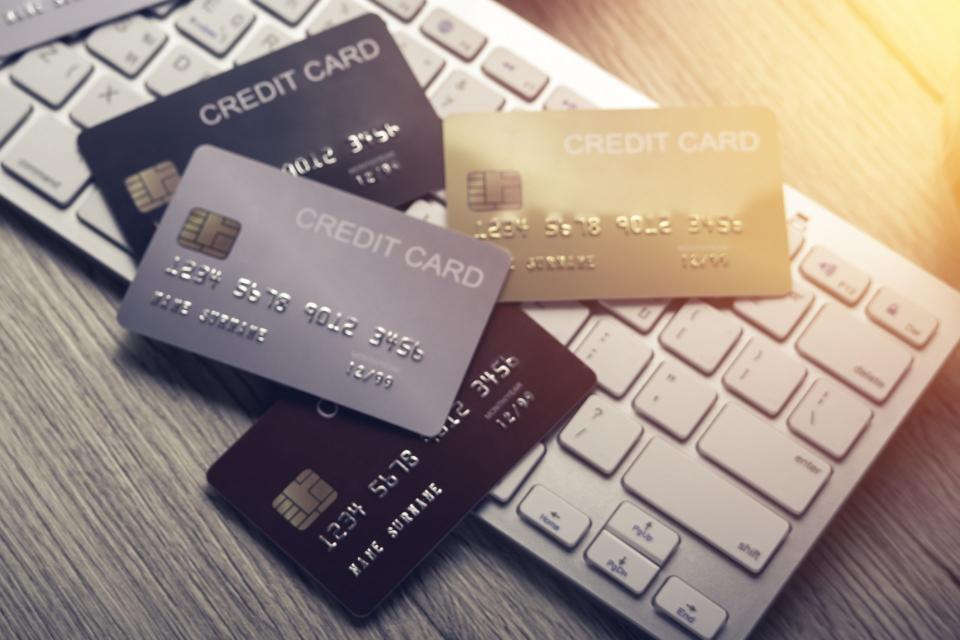How To Jump Start Your Credit Score

Your credit score is tied to almost everything you do — buying a house, car, applying for a job — it follows you everywhere. It can take years to come out of bad credit and get it to a level where you can comfortably start borrowing, but if you are looking to quickly jump your credit score, here are some tips.
See: It’s Time to Break Up With Your First Credit Card
Find: US Credit Card Debt at Lowest Since 2000
Lower Your Balances
The rule of thumb has always been to keep your due balance less that 30% of your credit limit. So a $1,000 limit shouldn’t have a bill of more than $300. The more you charge on your credit card, like maxing it out for example, shows a reliance on credit — which credit ratings agencies don’t like to see. It’s best to make yourself look as if you have a credit card “just in case” rather than relying on it for your day to day movements.
This, of course, does not apply to the people who pay off their card at the end of every month religiously. A lot of consumers now use their credit card exclusively for all their purchases throughout the month and then pay it off entirely at the end of the month. Credit card companies and ratings agencies recognize these spending patterns, so this typically does not count negatively against you. Paying off full balances each month in fact shows that you are not reliant on the card, but are instead utilizing it as it should be.
Credit card companies bet on the fact that eventually, there will be a slip-up — one month you might not have enough money or be late and get hit with fees. If you fit the profile of a consumer that maxes out their card every month and pays it off, make sure you’re religious about payments. Chances are though, you already are and don’t need the advice in this article!
Overall, keeping below 30% balances on your cards shows a low utilization rate that keeps your dependence on the credit relatively low.
You might have seen advice to lower your credit utilization by getting another credit card or increasing your limit, but these moves can be counter-intuitive. Both of these options run the risk of hard credit inquiries into your credit, which can negatively impact your score and do the opposite of what you’re trying to accomplish.
See: 90-Second Moves To Raise Your Credit Score 200 Points
Find: 10 Credit Score Myths You Need To Stop Believing
Paying your card off with a personal loan could be a better option to quickly pay off debt and raise your score, but this also runs the risk of hard credit inquiries, something you’ll need to consider. If you think your score has enough room to increase with the paying off debt that would be larger than the credit inquiry hit, it could be worth it.
For all of these options, you can ask for them to be done without a hard credit hit — but it’s never a guarantee.
Dispute Inaccuracies
Checking your credit report for inaccurate information or inaccurate charges can help you a lot more than you know. There are very often mistakes in credit reports, specifically for cards that may have been closed or paid off. Sometimes, credit reporting agencies do not properly identify a card as “closed” once you have paid it off and closed it out. Instead, it will show up as “paid in full,” but still show as an open line of credit on your report. This can possibly negatively affect your overall score if you have a lot of cards.
See: 10 Small Changes To Stay On Track With Your Savings Goals
Find: What To Do If You’ve Depleted Your Savings Over the Last Year
In some instances, keeping a card open with a balance of zero can actually help your score. It increases your overall limit and lowers your credit utilization. But beware — if your salary is modest and you have credit cards with limits of let’s say, over half of your salary, it doesn’t necessarily paint a modest picture. It really depends on your personal payment history, how responsible you’ve been with your card and how long you’ve had each of them. Two to three cards should be enough for most people to deal with expenses and have for emergencies.
Different Kinds of Loans
For the right consumer, this is a good strategy. Having different types of loans, such as an installment loan, a credit card and a mortgage can show credit worthiness. Again though, it depends on the whole picture. If you have a bunch of loans, high utilization and some late payments, the loan mix-up won’t do much to help.
Lowering your utilization and combing for inaccuracies are the fastest way to bump up your credit score in the very short-term, meaning 1-3 months.
Overall, credit scores are behavior over a period of time but fret not — a lot of progress can be made in six months to a credit score that needs mending with discipline and managed expectations.
More From GOBankingRates
This article originally appeared on GOBankingRates.com: How To Jump Start Your Credit Score
